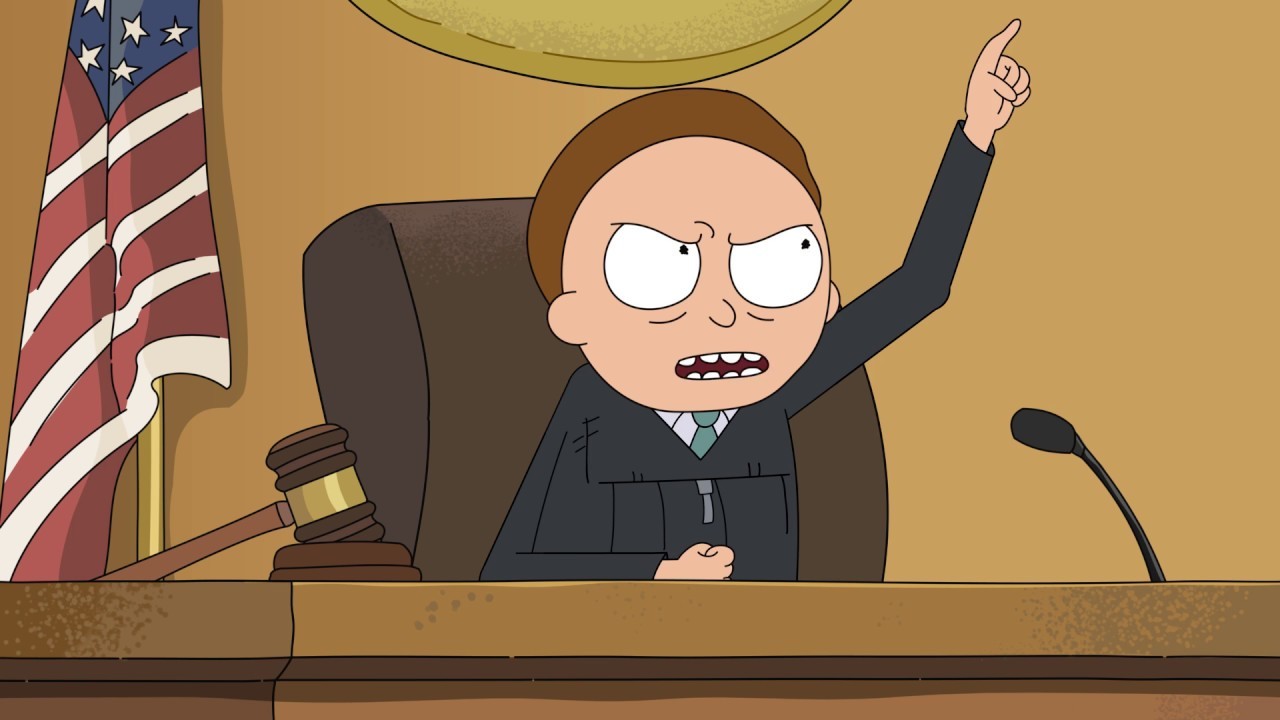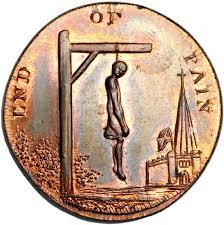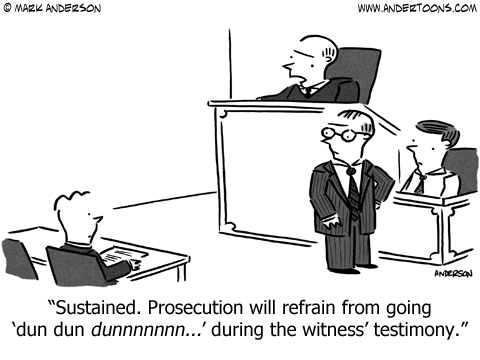Infinite Coin Flips
John the judge is in a court case and he needs to figure out whether Charlie is a criminal. The jury has just pronounced him guilty. Now John needs to decide whether to brutally execute Charlie or spare him, and he must decide at noon.

Because John didn't go to law school, he decides to flip a number of identical coins. Each coin has a "Death" side and a "Mercy" side, and he can change the probability of the coin landing on "Death" at will.

To practice, he does the following:
- At 1 hour to noon, he flips 2 coins, which each have a probability of landing on Death.
- At 30 minutes to noon, he flips 3 coins, each of which has a chance of landing of death.
- At 15 minutes to noon, he flips 4 coins, each of which has a chance of landing on Death.
- He continues flipping more and more coins as it gets closer to noon.
Finally, noon arrives. John flips infinite coins, each with a 0% chance of landing on "Death". If any coin lands on "Death" John will order a grisly murder of Charlie. Only if all coins land on "Mercy" will Charlie go free. You, an onlooking mathematician, decide to calculate Charlie's odds. (You can do instantaneous math because John can do infinite flips.)
Rounded to the nearest thousandth, what is the probability that Charlie is executed?
Hint: It's not 0.

The answer is 0.368.
This section requires Javascript.
You are seeing this because something didn't load right. We suggest you, (a) try
refreshing the page, (b) enabling javascript if it is disabled on your browser and,
finally, (c)
loading the
non-javascript version of this page
. We're sorry about the hassle.
Let's assume that John does n coin flips, each of which have a n 1 probability of landing Death. Then the probability of Charlie surviving one flip is 1 − n 1 . So the probability of him surviving n flips is ( 1 − n 1 ) n , and we need to find lim n → ∞ ( 1 − n 1 ) n
Notice this is very similar to the limit for e : e = lim n → ∞ ( 1 + n 1 ) n . This can actually be generalized to e x = lim n → ∞ ( 1 + n x ) n .
In our case, we have e − 1 = lim n → ∞ ( 1 + n − 1 ) n = lim n → ∞ ( 1 − n 1 ) n . Therefore, our answer is e 1 , or ~0.368.